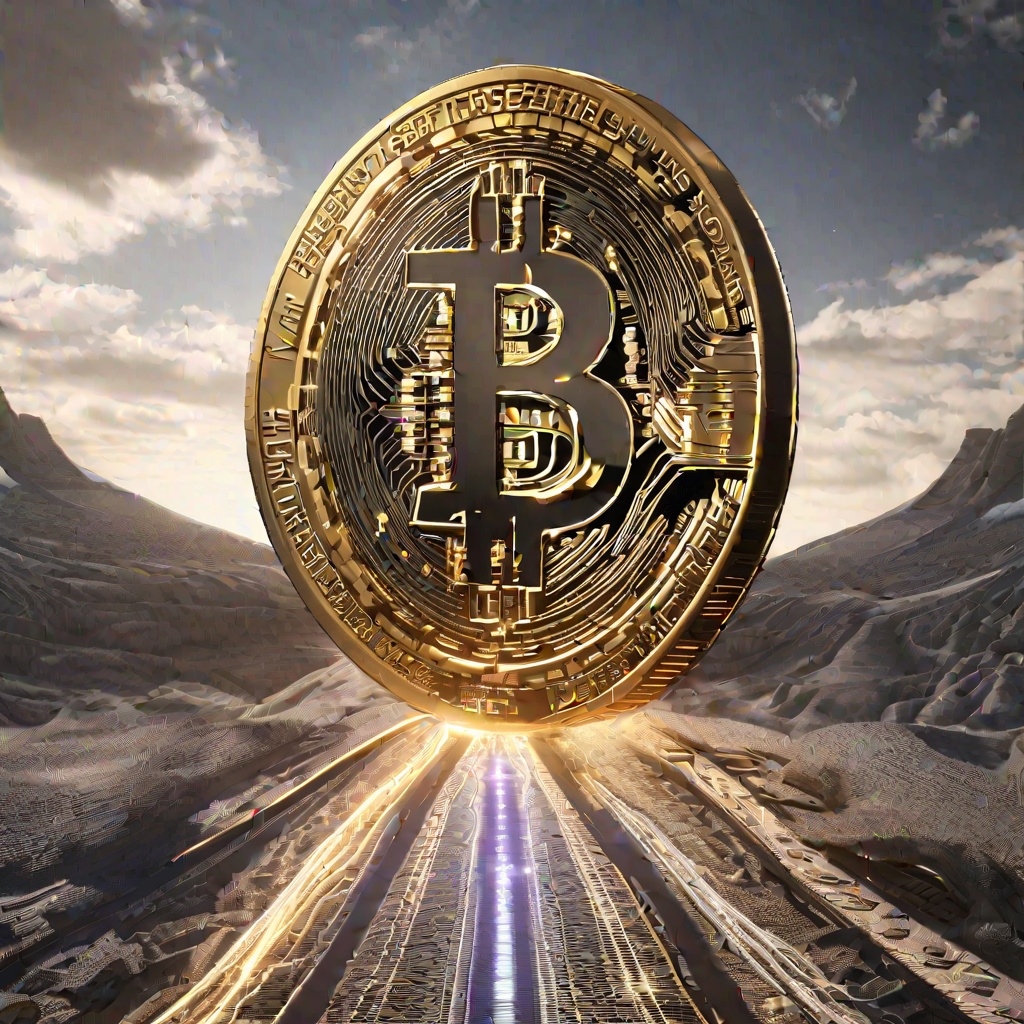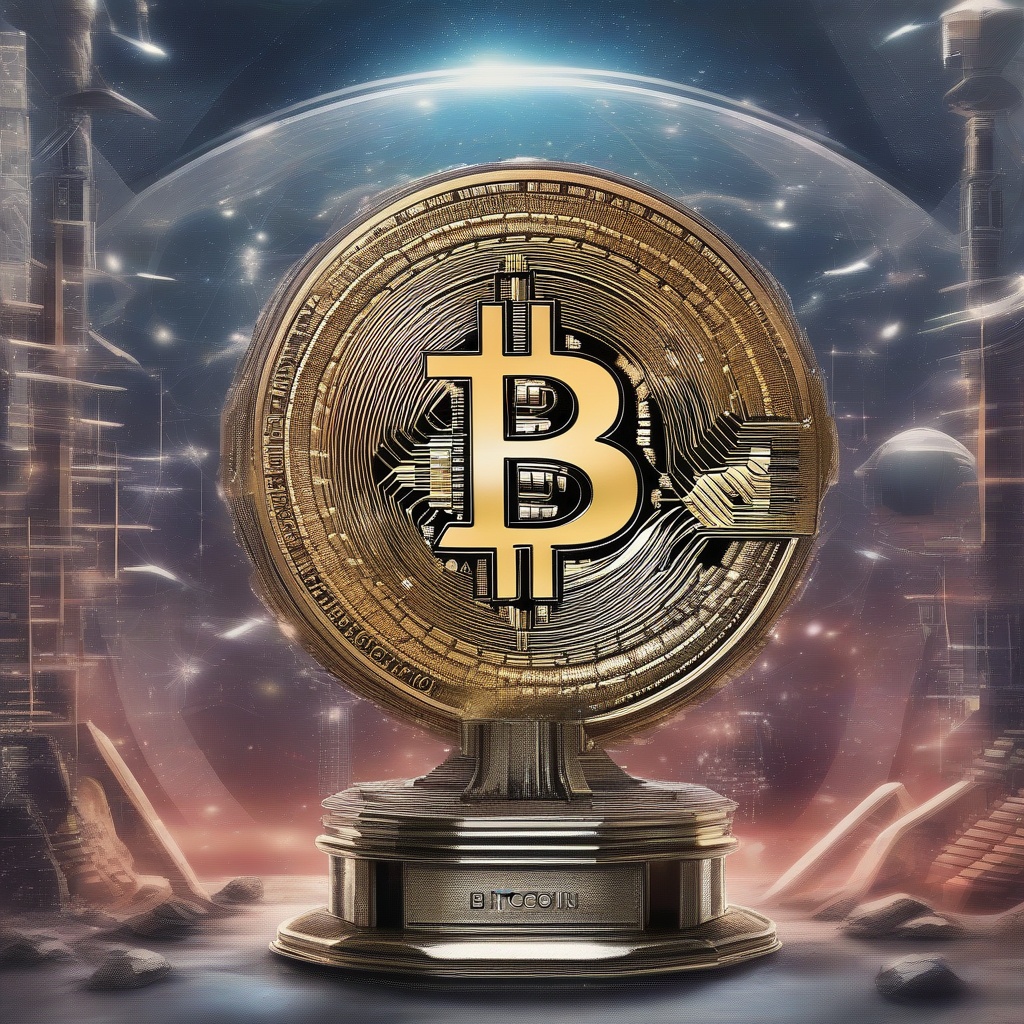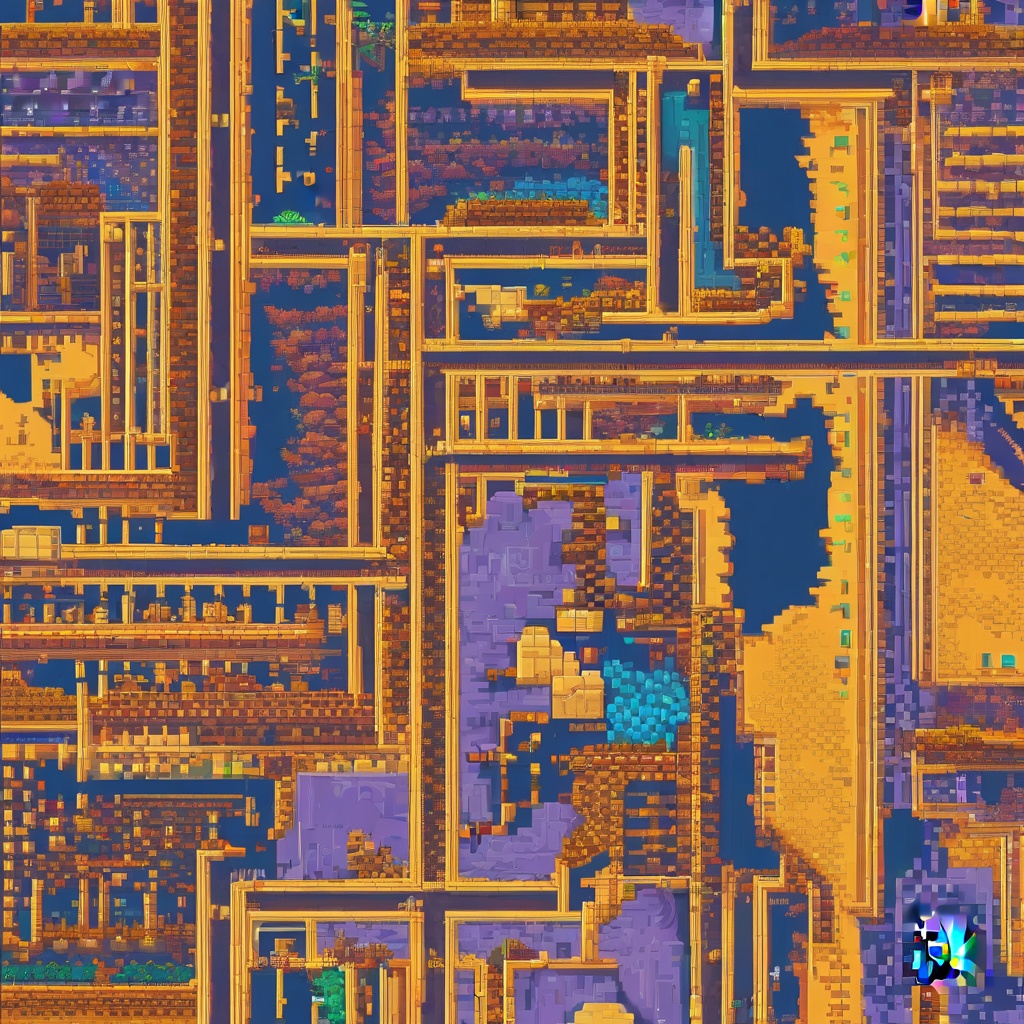Should I use Polygon or Ethereum?
Great question! Both Polygon and Ethereum are popular blockchains in the cryptocurrency world, but they serve slightly different purposes. Ethereum is a decentralized platform that enables smart contracts and decentralized applications (dApps) to be built and run without any downtime, fraud, censorship, or third-party interference. It's a highly versatile and customizable blockchain that's used for a wide range of purposes, from financial services to gaming and social media. Polygon, on the other hand, is a scaling solution for Ethereum that aims to improve the network's performance and scalability. It does this by using a sidechain that is connected to the Ethereum mainnet, allowing for faster and cheaper transactions while still maintaining the security and decentralization of the Ethereum blockchain. So, which one should you use? It depends on your specific needs and goals. If you're looking to build or use a dApp that requires high levels of customization and flexibility, Ethereum may be the better choice. However, if you're looking to conduct transactions more quickly and cheaply, while still maintaining the security and decentralization of Ethereum, Polygon may be a more suitable option. Ultimately, it's up to you to decide which blockchain best fits your needs.

What layer is Solana?
Can you clarify what you mean by "What layer is Solana?" in the context of cryptocurrency and blockchain technology? Typically, when discussing layers in relation to blockchain, we might be referring to the concept of layers in a blockchain architecture, such as Layer 1 and Layer 2 solutions. Layer 1 refers to the main blockchain protocol itself, while Layer 2 solutions are built on top of Layer 1 to enhance performance, scalability, or provide additional functionality. In the case of Solana, it is primarily considered a Layer 1 blockchain protocol. Solana aims to solve the scalability and speed issues that plague many other blockchains by using a unique consensus mechanism called Proof of History, along with other innovations. It aims to achieve high throughput, low latency, and low fees, making it suitable for a wide range of decentralized applications. So, in summary, if you're asking about the "layer" of Solana, it would be considered a Layer 1 blockchain protocol. Let me know if you have any further questions or if I misunderstood your original inquiry.

What blockchain is API3 on?
Could you please clarify for me which blockchain API3 is built upon? I'm curious to know if it's based on a popular platform like Ethereum, or if it's utilizing a lesser-known or more specialized blockchain technology. Understanding the foundation of API3's blockchain infrastructure would help me better grasp its capabilities and potential applications in the cryptocurrency and finance space.

What blockchain is raydium on?
Excuse me, could you please clarify for me which blockchain network Raydium is built upon? I'm trying to understand the underlying technology and infrastructure that supports this cryptocurrency platform. It would be greatly appreciated if you could provide a concise and informative answer to this question.

Which blockchain has the most potential?
As an investor in the world of cryptocurrency, I'm often asked which blockchain has the most potential. It's a question that requires careful consideration of various factors, such as scalability, security, adoption, and the potential for innovation. So, which blockchain truly stands out as the one with the most potential? Is it Bitcoin, with its established network and reputation as the first cryptocurrency? Or perhaps it's Ethereum, with its smart contract capabilities and thriving ecosystem of decentralized applications? Or could it be a lesser-known blockchain, one that's just starting to gain traction but has the potential to revolutionize the industry? It's a question that demands a thoughtful and nuanced answer.

